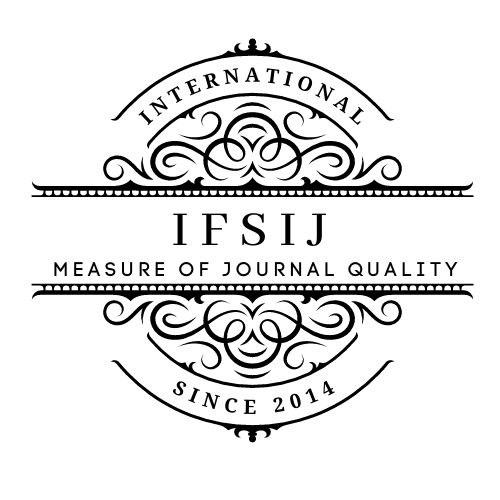MODERN PERSPECTIVES ON THE HISTOLOGICAL, MORPHOMETRIC, AND MORPHOPHYSIOLOGICAL STRUCTURE OF THE TESTES
Keywords:
Testes, Histology, Morphometry, Morphophysiology, Spermatogenesis, Leydig Cells, Sertoli Cells, Testicular Dysfunction, Male Infertility, Testicular Atrophy, Endocrine Disruptors, Testicular Pathophysiology.Abstract
The testes are essential for male reproductive health, responsible for sperm production (spermatogenesis) and testosterone synthesis. Recent advancements in understanding the histological, morphometric, and morphophysiological characteristics of the testes have provided valuable insights into male fertility, endocrinological disorders, and reproductive pathophysiology. A systematic review of articles from 2015 to 2025 was conducted using databases such as PubMed, Scopus, and Google Scholar. Studies were selected based on their focus on testicular histology, morphometry, and morphophysiology, with emphasis on spermatogenesis, Leydig and Sertoli cell functions, and the histological composition of seminiferous tubules and interstitial tissue. Relevant terms like "testicular morphology," "spermatogenesis," and "Leydig cells" were used to gather peer-reviewed articles, clinical trials, and experimental studies. Recent research underscores the connection between testicular size, particularly testicular volume, and sperm production, with larger testes often correlating with higher sperm counts and fertility potential. Investigations into testicular morphophysiology emphasize the key roles of Leydig cells in testosterone production and Sertoli cells in supporting sperm development. Histological findings reveal structural changes in seminiferous tubules and interstitial tissues in conditions like varicocele and testicular atrophy. Additionally, studies are increasingly focusing on molecular pathways influencing testicular function and their implications for male infertility. These studies highlight the importance of histology, morphometry, and physiology in diagnosing and treating male infertility. Ongoing research into the molecular mechanisms of spermatogenesis and the effects of endocrine disruption is crucial for developing more effective treatments for testicular dysfunction and infertility.
Downloads
Published
Issue
Section
License

This work is licensed under a Creative Commons Attribution-NonCommercial-NoDerivatives 4.0 International License.















